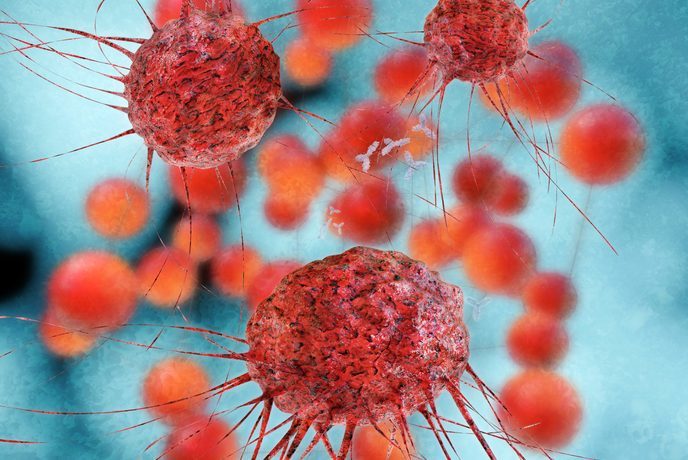
Around 135,000 people will die from cancer caused by alcohol over the next 20 years, costing the NHS £2 billion, figures show.
Analysis from Cancer Research UK shows that, by 2035, the UK could see 7,097 cancer deaths every year linked to drinking.
Of these cases, 3,674 will be oesophageal cancer caused by drinking, 1,369 will be bowel cancer and a further 835 will be breast cancer.
The report also forecasts there will be more than 1.2 million hospital admissions for cancer caused by drinking over the 20 years, which will cost the NHS £100 million, on average, every year.
Scientists are still researching how alcohol can lead to cancer. One theory is that alcohol damages DNA.
Evidence suggests that the more alcohol a person drinks, the higher their risk of cancer.
In January, the UK’s chief medical officers said no level of regular drinking is without risks to health.
They said men should consume no more than 14 units of alcohol per week, down from the previous 21 units, bringing them into line with the recommendation for women.
Modelling suggests that, compared with non-drinkers, women who regularly drink two units a day have a 16% increased risk of developing breast cancer and dying from it.
But those who regularly consume five units a day have a 40% increased risk.
For every 1,000 women who do not drink, 109 will develop breast cancer. This rises to 126 women for those who drink 14 units or less per week, and 153 women for those who drink 14 to 35 units a week.
Alison Cox, director of prevention at Cancer Research UK, said of the new data: “These new figures reveal the devastating impact alcohol will have over the coming years.
“That’s why it’s hugely important the public are aware of the link between alcohol and cancer, and what they can do to improve their risk.
“If we are to change the nation’s drinking habits and try to mitigate the impact alcohol will have, then national health campaigns are needed to provide clear information about the health risks of drinking alcohol.”
The new report also looks at minimum pricing for a unit of alcohol in England.
It found that, over 20 years, a 50p minimum price per unit of alcohol could cut deaths linked to alcohol by around 7,200, including around 670 cancer deaths. It would also reduce health costs by £1.3 billion, it said.
Professor Sir Ian Gilmore, chairman of the Alcohol Health Alliance, said: “These latest figures show the serious consequences for individuals, the NHS and society if the UK Government continues to ignore the consequences of the nation’s drinking.
“In particular they reinforce the need for a minimum unit price for alcohol.
“It is clear from the report that it will save lives, including those lost to cancer, and ease the burden on our health service.
“Importantly, a minimum unit price will do this while leaving moderate drinkers and prices in pubs and bars unaffected.”
READ MORE
‘Landmark ruling’ hailed as Scottish judges back minimum alcohol pricing
Family and a secret diary keeps unstoppable mum with terminal cancer going

Enjoy the convenience of having The Sunday Post delivered as a digital ePaper straight to your smartphone, tablet or computer.
Subscribe for only £5.49 a month and enjoy all the benefits of the printed paper as a digital replica.
Subscribe